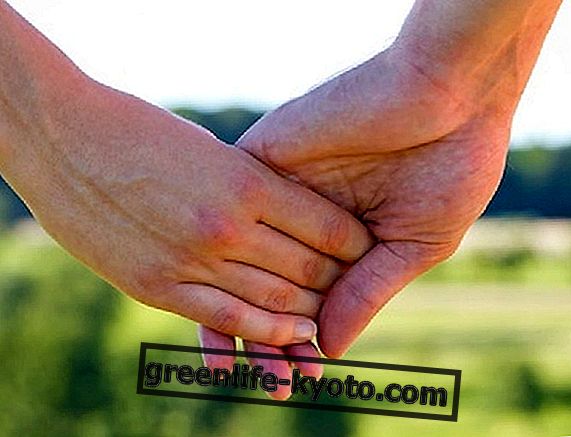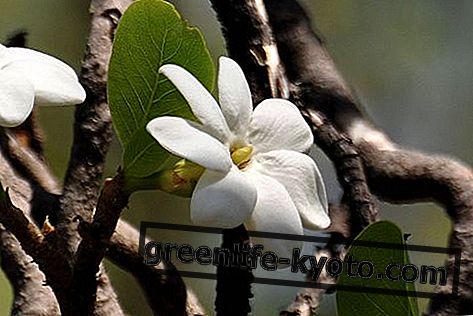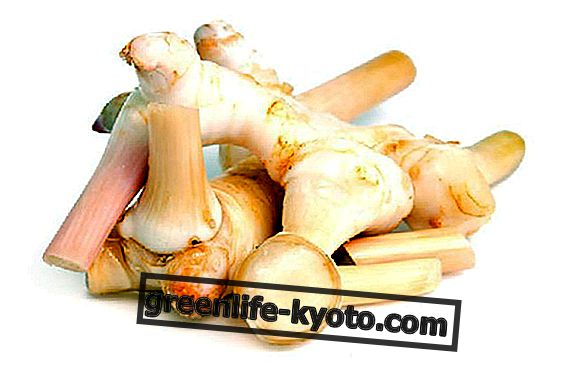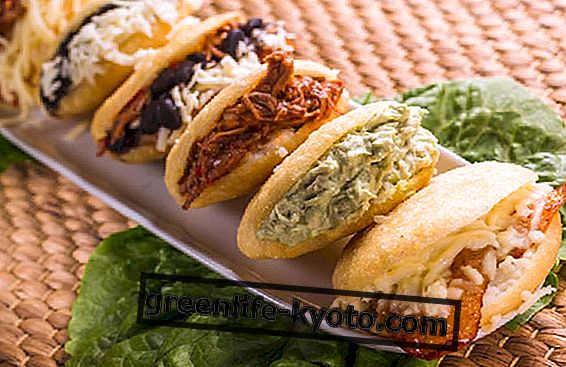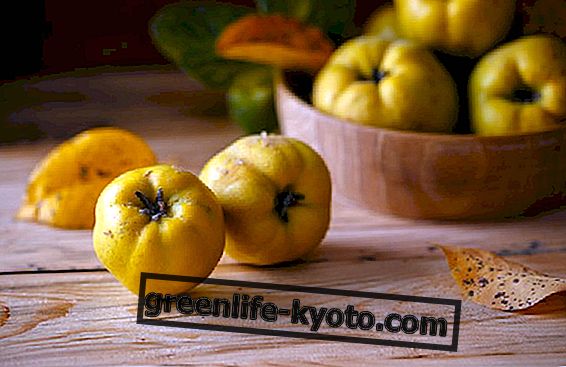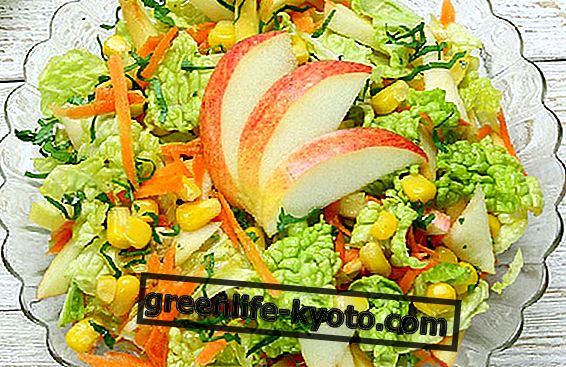When the fever occurs the appetite goes down and the body needs time to resume normal feeding. Feeding for fever involves taking plenty of fluids and light foods containing antibiotic substances. Let's find out better.

What is fever
Fever is a natural and necessary condition used by the body to deal with external attacks. Proteins, enzymes and the body's own cells need a fairly stable temperature around 37 ° C to live.
When this increases, an environment is created that weakens many of the external pathogens and together with the increase in temperature the body activates the immune system with the specific action of killing and disposing of external agents.
The risk zone is when you exceed 40-41 ° C and in this case also our body suffers a stressful situation, and it is advisable to intervene by lowering the temperature. Otherwise when we remain in the range between 37 and 40 degrees the response of the fever is a bodily "intelligence" that is useful and necessary and the advice is not to check with drugs or natural products, but left to act freely as a bodily reaction.
Fever can be a response to multiple factors that need to be taken into account to cope with the situation. Factors can be infections, sunburn, muscle fatigue and fatigue, metabolic diseases, intoxications, etc. ...
The course of the fever is usually composed of low fever in the morning and always higher in the hours towards evening before midnight, to then fall again in the morning. The natural duration is from one to three days, while if the body is weaker or intervenes from the outside to lower it, then usually an extension of a few days occurs because it has not allowed itself to "vent" naturally. When we pass 5-7 days it is always better to inform the doctor and let us follow the situation.
In the case of children, we reassure parents that fever is not a disease, but a response of the body to self-healing and the immune system that is being trained needs to learn and develop: if we eliminate the battlefield and when will your opponents grow and become strong?
Obviously if the temperature goes beyond the safety level or the child is visibly in difficulty then we will intervene by calling the family doctor, otherwise the best thing is to wait for the course, have confidence and remain close to him serenely.
You can learn more about all the natural remedies for fever in children

Feeding in case of fever
First of all, during the fever you sweat a lot and the quality of body fluids must be maintained, avoiding dehydration, so first advice:
water at will
quality fruit juices, better homemade centrifuges
herbal teas and infusions
natural vegetable drinks (especially rice vegetable milk)
The advice is to drink little and often, in small sips, especially if they occur during nausea or / and diarrhea.
Usually the body is not hungry in these moments, because it concentrates its energies for self-healing and only then does the appetite return, as soon as the situation begins to improve. The advice is not to weigh down with the meal, but to enrich it with simple and natural products:
fruit in all forms : whole, pureed, in gelatin without sugar, centrifuged, etc.
juicy and fleshy vegetables like tomatoes and zucchini
vegetables such as potatoes, carrots, pumpkin, onions and garlic rich in antibiotic substances
These foods are used to restore water and salt balance; moreover, fruits and vegetables are rich in many vitamins necessary especially in case of fever:
- Beta-carotene : melon, apricots, berries, carrots, cabbage, medlar, spinach, beans, peas and peppers.
- Vitamin E: oil seeds such as walnuts, hazelnuts, pine nuts, pumpkin seeds, sunflower, sesame, cashew nuts, pistachios, peanuts also in the form of oil always of quality and raw-pressed. And then wheat germ, basil, tomatoes, spinach, broccoli, watercress, chickpeas and asparagus.
- Vitamin C: kiwi, all kinds of citrus fruits, broccoli, wild plants like purslane.
- Vitamin A: parsley, mango, pumpkin, broccoli, papaya.
Instead, certain foods should be avoided for various reasons, such as digestion difficulties or osmotic impediment phenomena, or that make the distribution of body fluids incorrect:
especially white sugar-rich foods that are free of useful vitamins and minerals
milk, dairy products and derivatives as they would aggravate the distribution of liquids
meat and above all cold cuts and sausages
Did you know that
One tip is to use herbal teas and infusions to help drink and support the situation.
For fever you can drink the infusion of flowers of Sambucus nigra useful to facilitate sweating. The dose is up to 3 cups a day. It is possible to combine 40% of linden creating a very pleasant infusion even for children to drink during the fever phase.
A support from the plants also comes from nettle and horsetail, as remineralizers both in the form of infusions and in that of powder in capsules, or as dried herbs in the kitchen for soups and dishes added at the end of cooking.


